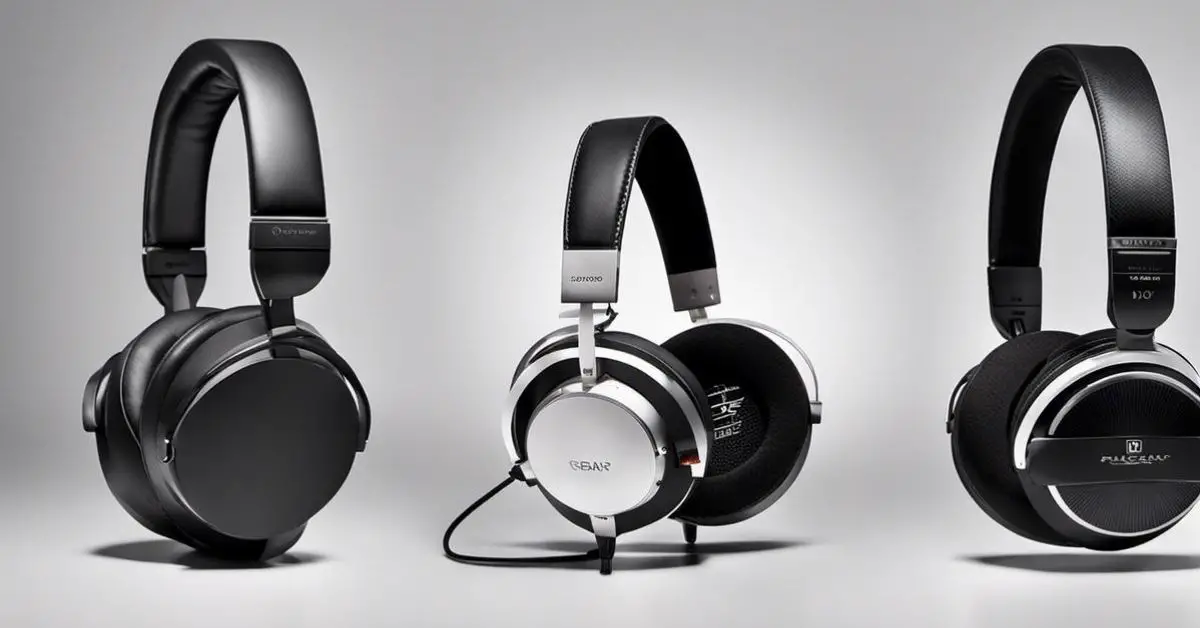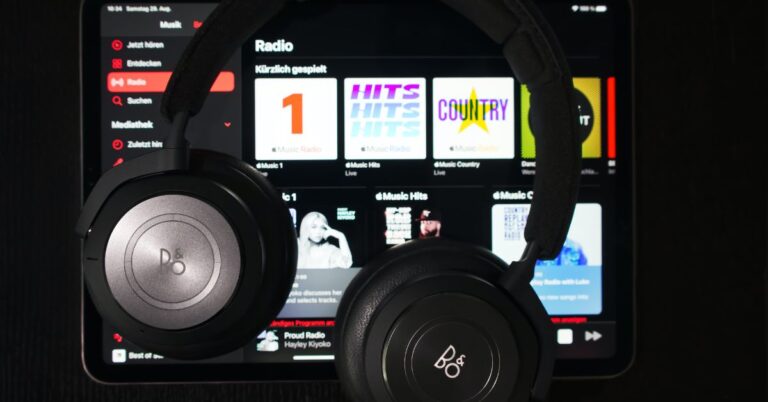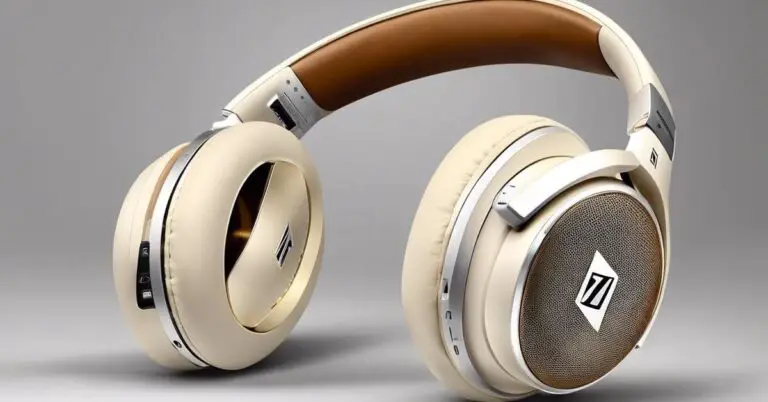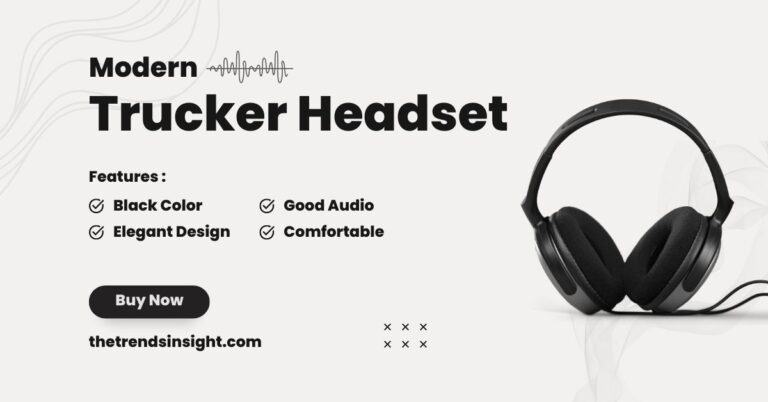In the realm of immersive audio experiences, planar magnetic headphones have started to cement a spot for themselves, lauded for their deft balance of sound quality, comfort and design. But like every product category, they too are divided into subtypes – open-back and closed-back planar magnetic headphones.
Through this exploration, we aim to elucidate the technology that drives these headphones, illuminating how this revolutionary audio tool works and why it’s considered an upgrade over traditional headphone types.
Understanding Planar Magnetic Technology
In an ever-evolving world of technology, it’s often hard to keep pace. Even more so in the audio industry, where cumulative years of research and experimentation have led to advancements that leave audiophiles and tech enthusiasts marveling.
The latest trend swaying the audiophile world is the advent and innovation of planar magnetic headphones. What sets them apart? What’s the driving technology behind them? Let’s delve deeper.
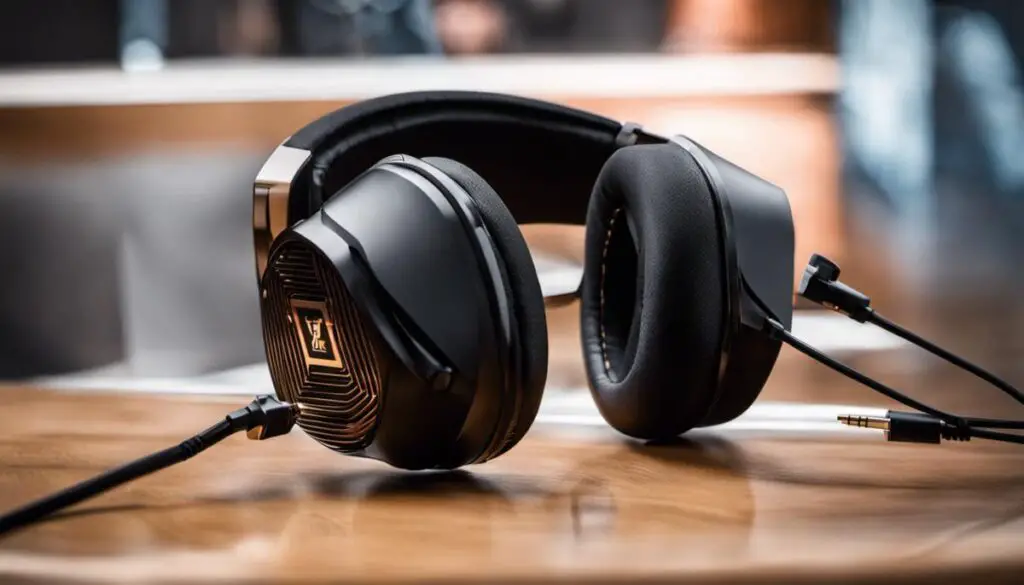
To understand this revolutionary tech, it’s necessary to comprehend how mainstream dynamic headphones operate. Typically, they use a magnetic field close to a voice coil attached to a movable diaphragm. When an electrical current passes through the coil, it reacts with the magnetic field causing the diaphragm to move and produce sound.
Looking at their potential, planar magnetic headphones could become the staple for professional audio equipment in the entertainment and music industry, as well as for high-end personal use. Their ability to deliver superior sound resolution and unparalleled clarity places these headphones as a game changer in the audio paradigm.
Stay tuned to the beat of this emerging tech wave; there seems to be a lot more in store for the future of audio technology.
Open-Back Planar Magnetic Headphones
As we delve further into the world of open-back planar magnetic headphones, it’s essential to peel back the layers and understand the key attributes that make these audio devices significantly unique.
One defining trait is the transparency they provide. Open-back planar magnetic headphones create an open, airy sound stage that is a dream come true for audio purists.
Another significant attribute is supreme comfort. Since planar magnetic headphones distribute the magnetic force evenly across the headphone diaphragm, they often come with lightweight, balanced designs. Coupled with large ear pads and adjustable fittings, these headphone models provide a comfortable fit for prolonged use—an essential aspect for professionals spending hours editing and mixing, or even tech enthusiasts enjoying their favorite playlist.
List Of Open-back planar magnetic headphones
the most popular and highly-regarded open back planar magnetic headphones on the market. Open back planar magnetic headphones are known for their wide soundstage, excellent imaging, and accurate sound reproduction.
Furthermore, they showcase an unprecedented sense of durability which guarantees longevity. Unlike conventional headphones, planar magnetic headphones lack moving coils and cones which undergo wear and tear over time. The thin films used on these exceptional audio devices offer more consistency, sound-wise and durability-wise over the years.
Open-back planar magnetic headphones are rapidly shaping the narrative in the audio industry, welcoming a shift towards high-quality, technologically sophisticated and audibly superior products. They may tag along with a learning curve, but the resulting audio experience is absolutely worth it.
best selling open-back headphones
- HIFIMAN SUNDARA Closed-Back Over-Ear Planar Magnetic
- AKG Pro Audio K702 Open-Back Reference Studio Headphones
- IFIMAN Ananda Nano Open-Back with Stealth Magnets and Nanometer
- HIFIMAN HE1000se Planar Magnetic Audiophile Adjustable
The sound transparency, comfort, low harmonic distortion, excellent transient response, and durable design all converge to make these headphones a well-oiled machine in the quest for audio perfection.
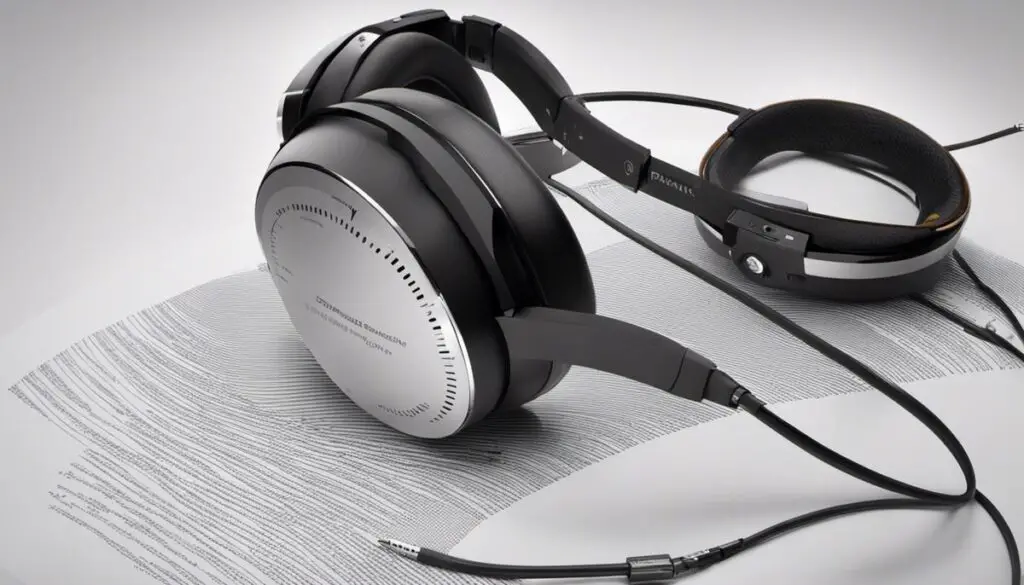
Closed-Back Planar Magnetic Headphones
Now we delve into an intriguing subcategory of planar magnetic headphones: closed-back and open-back designs.
Closed-back planar magnetic headphones have the rear side of the ear cups sealed or closed. This design serves to isolate listeners from external environmental noise while preventing sound leakage from the headphone to the environment.
Moving to open-back planar magnetic headphones, these have openings or slots on the rear side of the ear cups allowing some audio to escape. This leads to what audiophiles refer to as an ‘open’ or ‘natural’ sound. The design simulates a sense of being in the actual area where the audio or music was recorded. It gives you a sort of outside the head soundstage experience, providing more depth and stereo imaging.
List of closed-back planar magnetic headphones
These headphones are all highly regarded for their sound quality, and they offer a variety of features and price points to choose from. Whether you’re looking for a pair of headphones for music production, gaming, or just everyday listening, there’s a closed-back planar magnetic headphone on this list that’s perfect for you.
However, one cannot overlook the lack of audio isolation in open-back headphones making them less suitable for noisy environments. Also, the acoustic pressure doesn’t build up as much leading to a potentially less pronounced bass compared to the closed-back.
The choice between the two then hinges on where and how one intends to use the headphones. If your itinerary rolls within the confines of a quiet indoor space or studio where isolation is needed, the closed-back might serve you best. However, if you’re after the most natural sound that breathes and you’re in a quiet environment, an open-back planar magnetic design may be your cup of tea.
best selling Closed-back headphones
- Monolith Over Ear Planar Magnetic Headphones
- HIFIMAN Edition XS Full-Size Planar Magnetic Hi-Fi Headphones
- DROP + HIFIMAN HE-R7DX Over-Ear & Closed-Back
- PHILIPS Fidelio X3 Professional Studio Monitor Headphones
In essence, the battle of closed-back vs. open-back planar magnetic headphones isn’t so much a question of which type is better—it is about matching the right design with the right use-case scenario in keeping with accurateness in audio reproduction. As the planar magnetic technology continues to evolve, it’s exciting to ponder how these designs will shape the future of the audio industry.
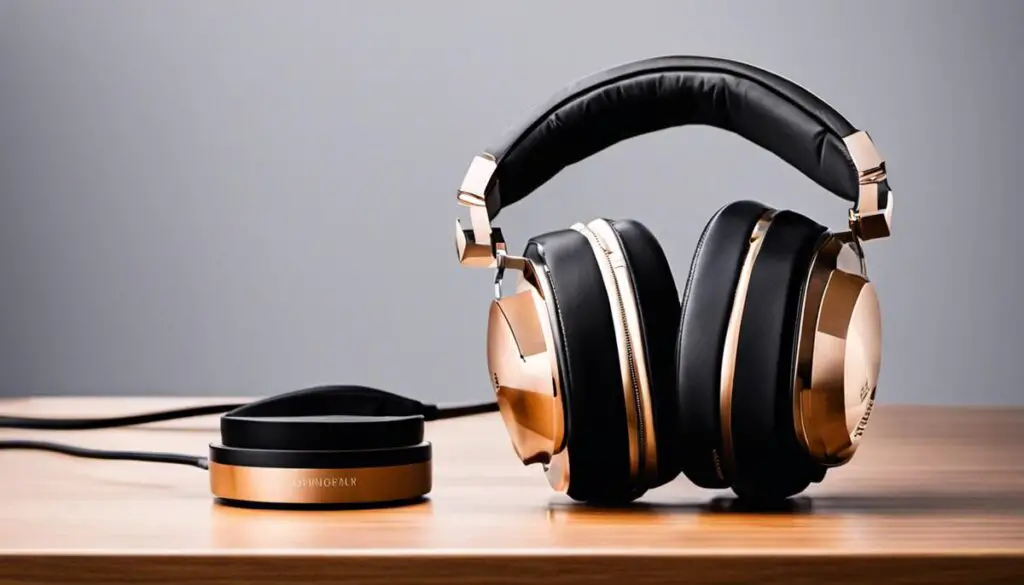
Comparative Analysis: Open-Back vs Closed-Back
Drawing comparisons between the closed-back and open-back design of planar magnetic headphones can be quite riveting; given the quantum leap they both present in the advancement of audio technology. But first, to grasp the fundamentals.
Closed-Back planar magnetic headphones present the sound isolation we all—unconsciously or not—seek. Their closed-back design effectively reduces sound leakage, enhancing the overall auditory focus. This comes in handy during those moments of solitude when you need to drown out the world and seclude yourself within your rhythm.
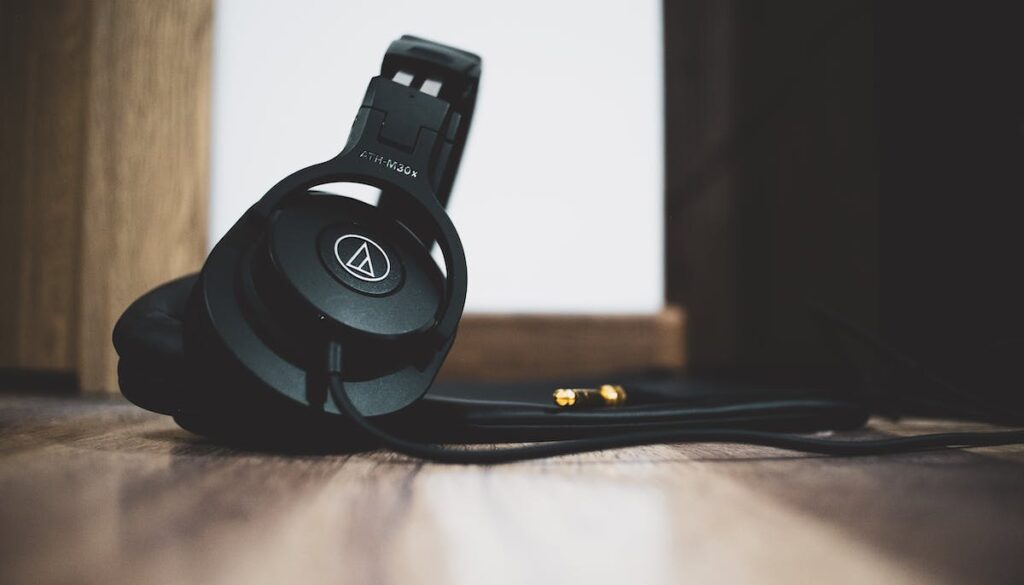
Switching gears, we have Open-Back planar magnetic headphones, flying on the wings of liberation. Unlike their closed counterparts, they allow audio to escape freely and provide a more natural, ‘open’ sound signature. In essence, these headphones breathe, allowing air to pass through the back of the ear cup, reducing pressure.
Your choice between closed-back and open-back headphones hinges on factors such as your environment and the kind of sound experience you prefer. For instance, if you’re always on the go or in noisy environments, the sound isolation from closed-back headphones might be your best bet. If, however, you are an audio purist looking for a wider soundstage and natural sound, leaning towards the open-back design might be a sound choice.
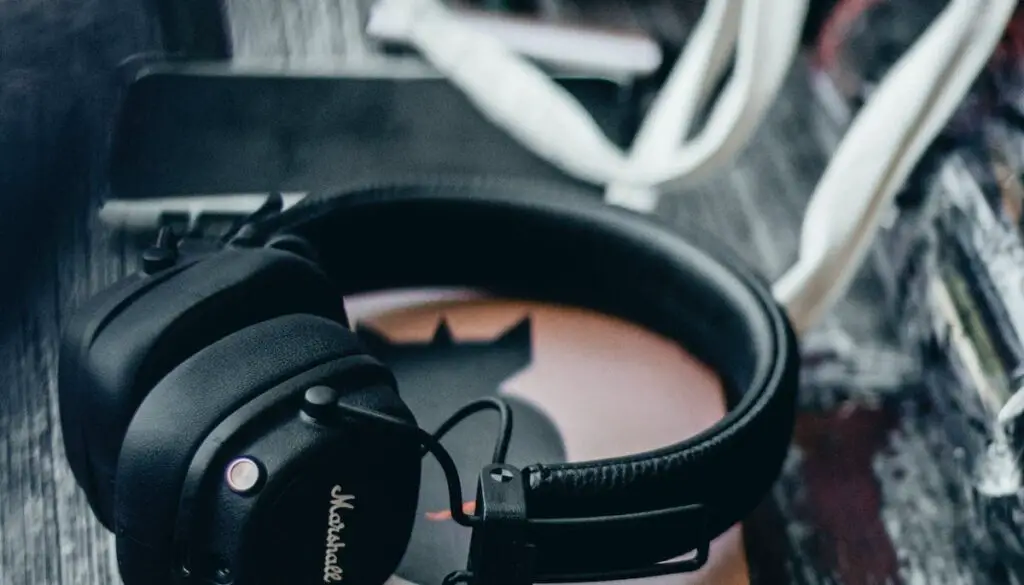
Conclusion
Having navigated through the nuances of planar magnetic technology, and detailed examinations of open-back and closed-back headphone types, we hope that this guide has equipped you with a well-rounded perspective.
Remember, the choice between an open-back and a closed-back planar magnetic headphones ultimately boils down to your personal preferences, use-case scenarios and budget considerations. With this guidance, we trust that you are well poised to make the right audio choice for an enhanced listening experience. Happy audio hunting!

